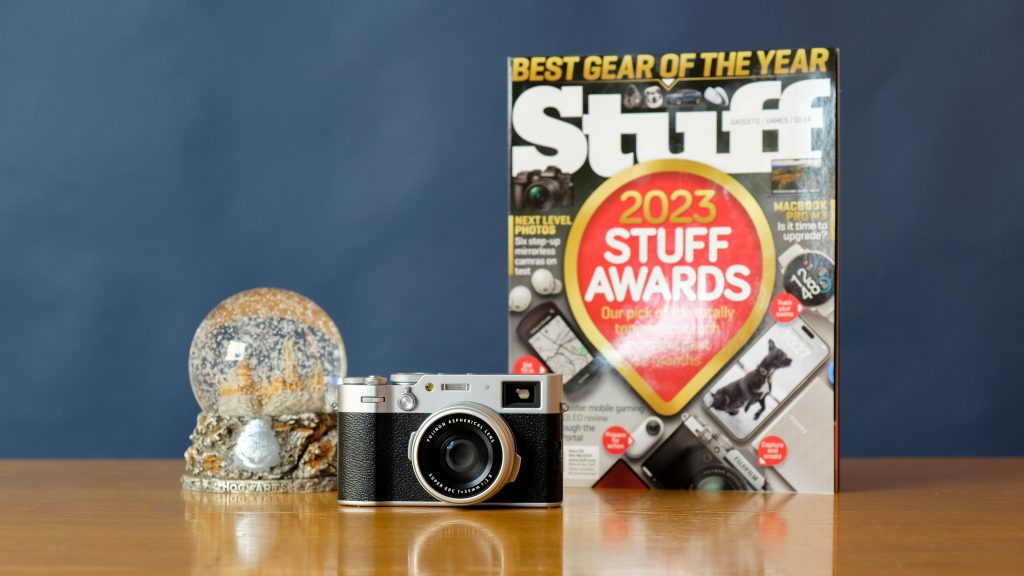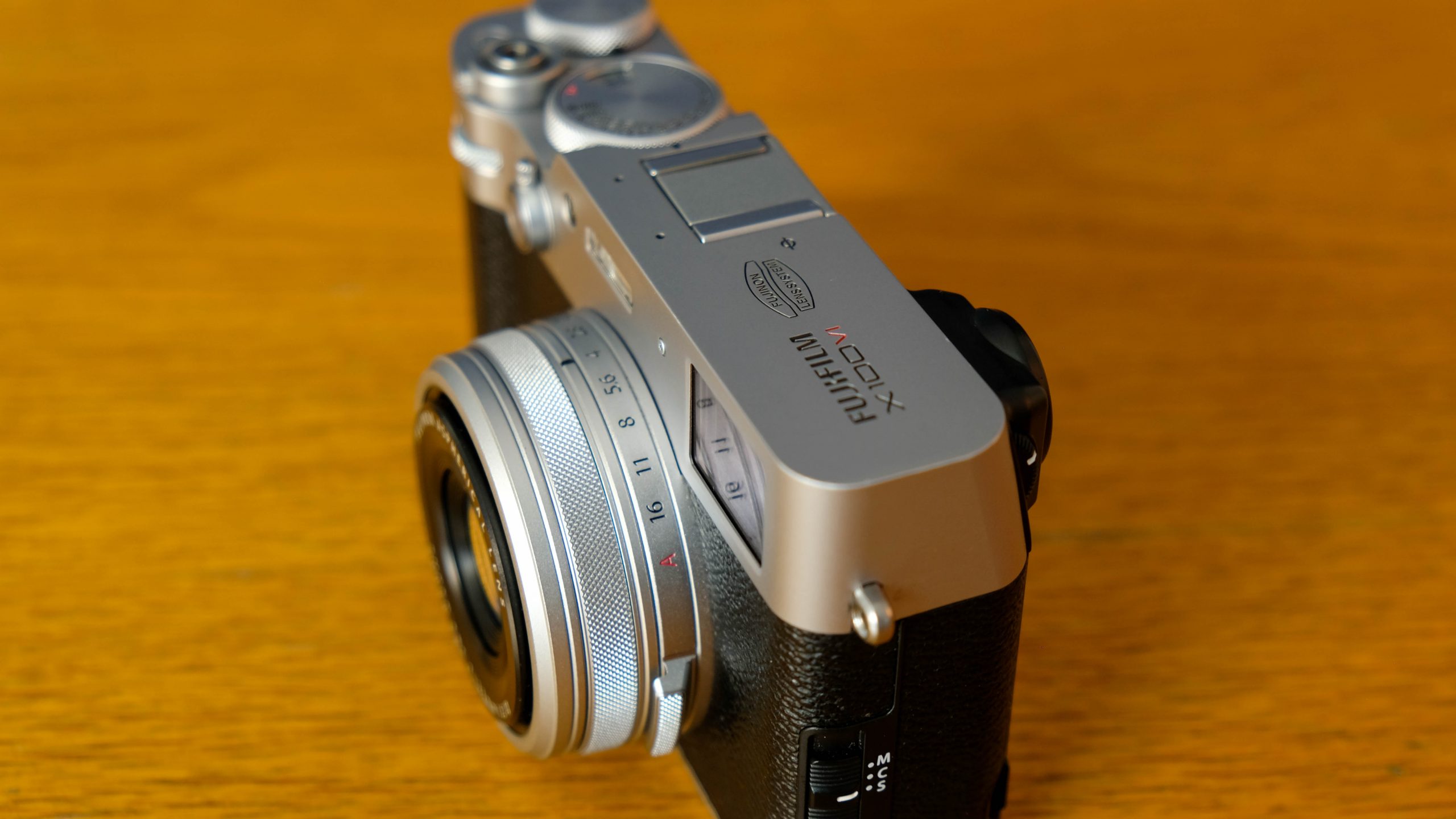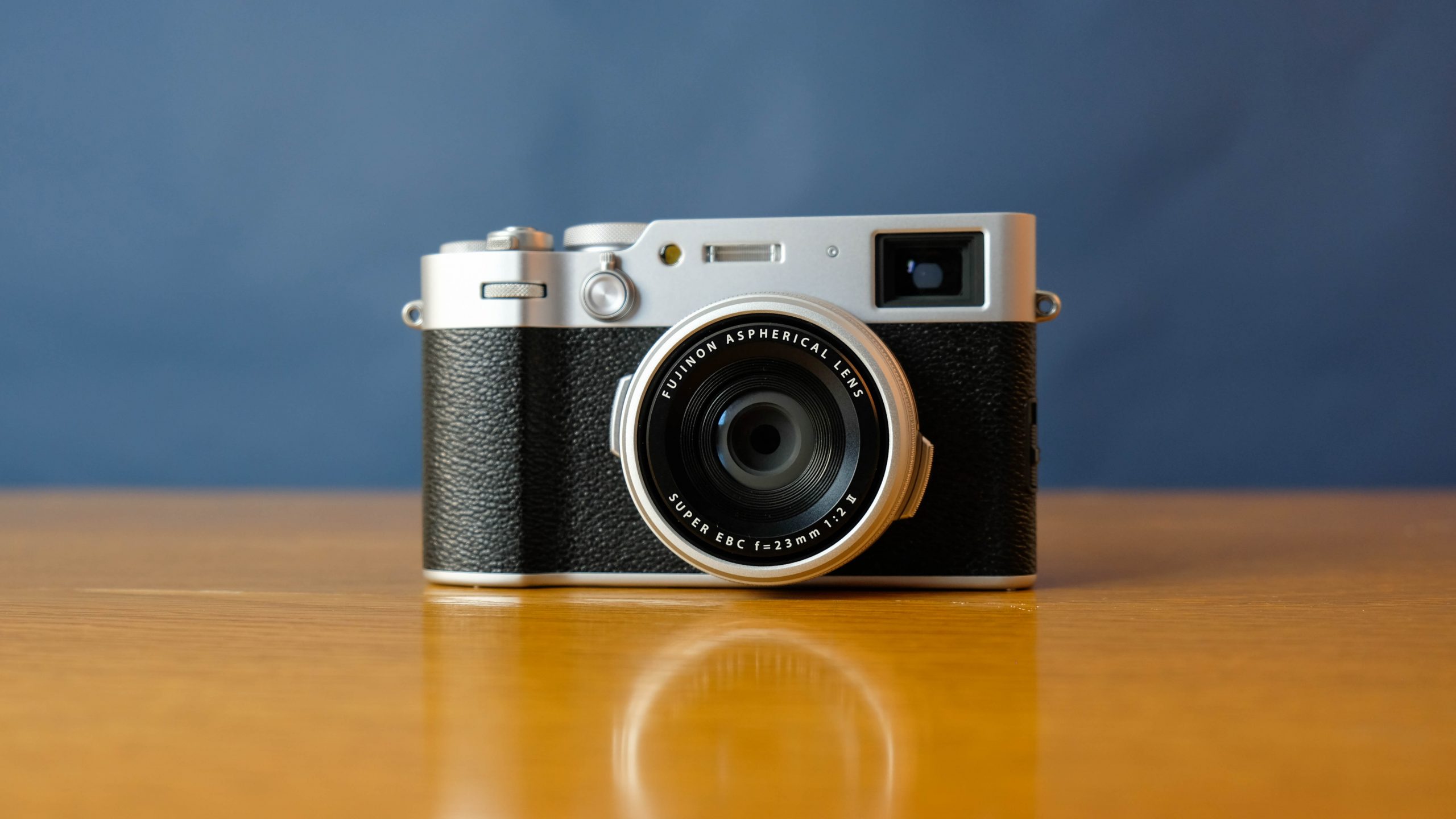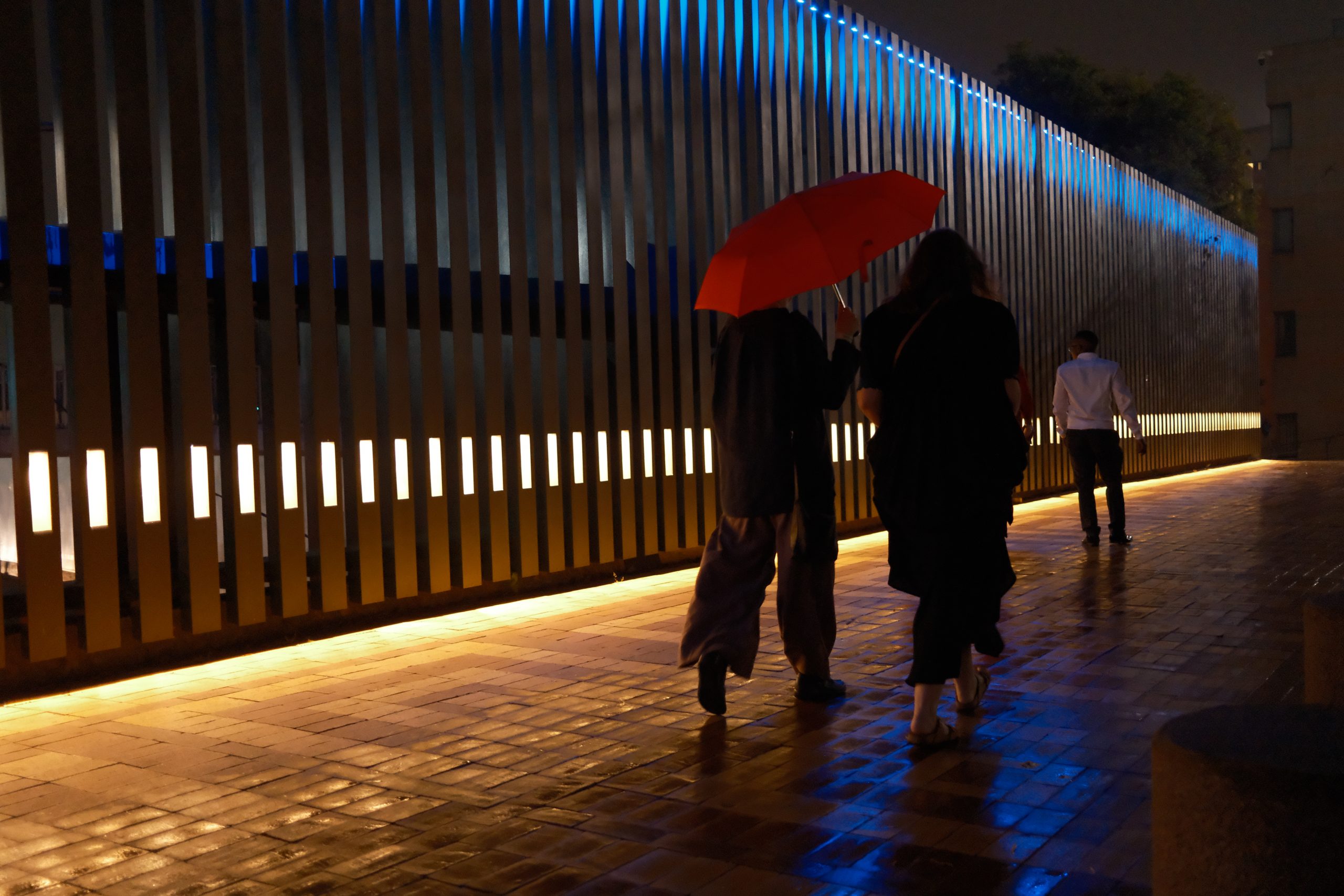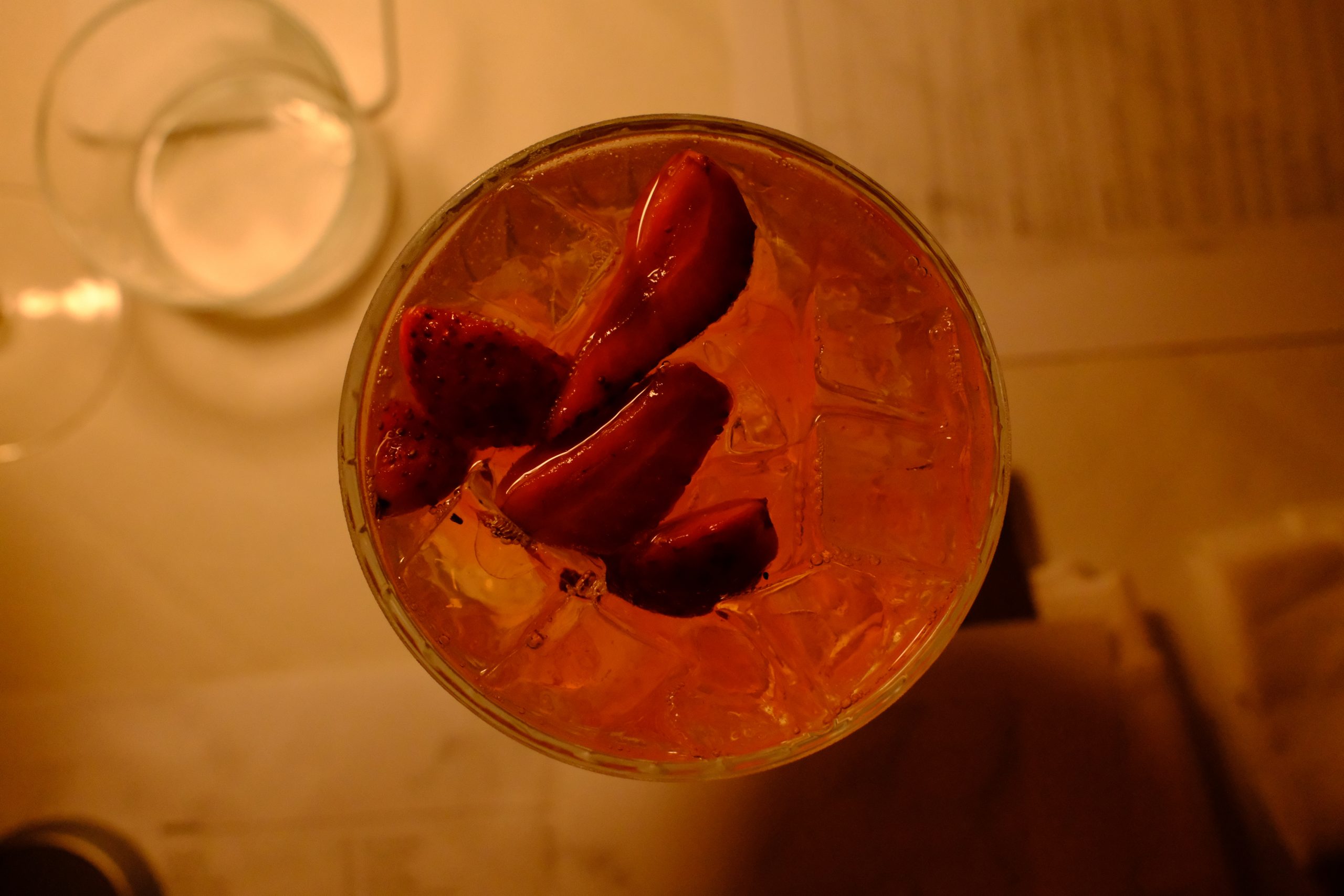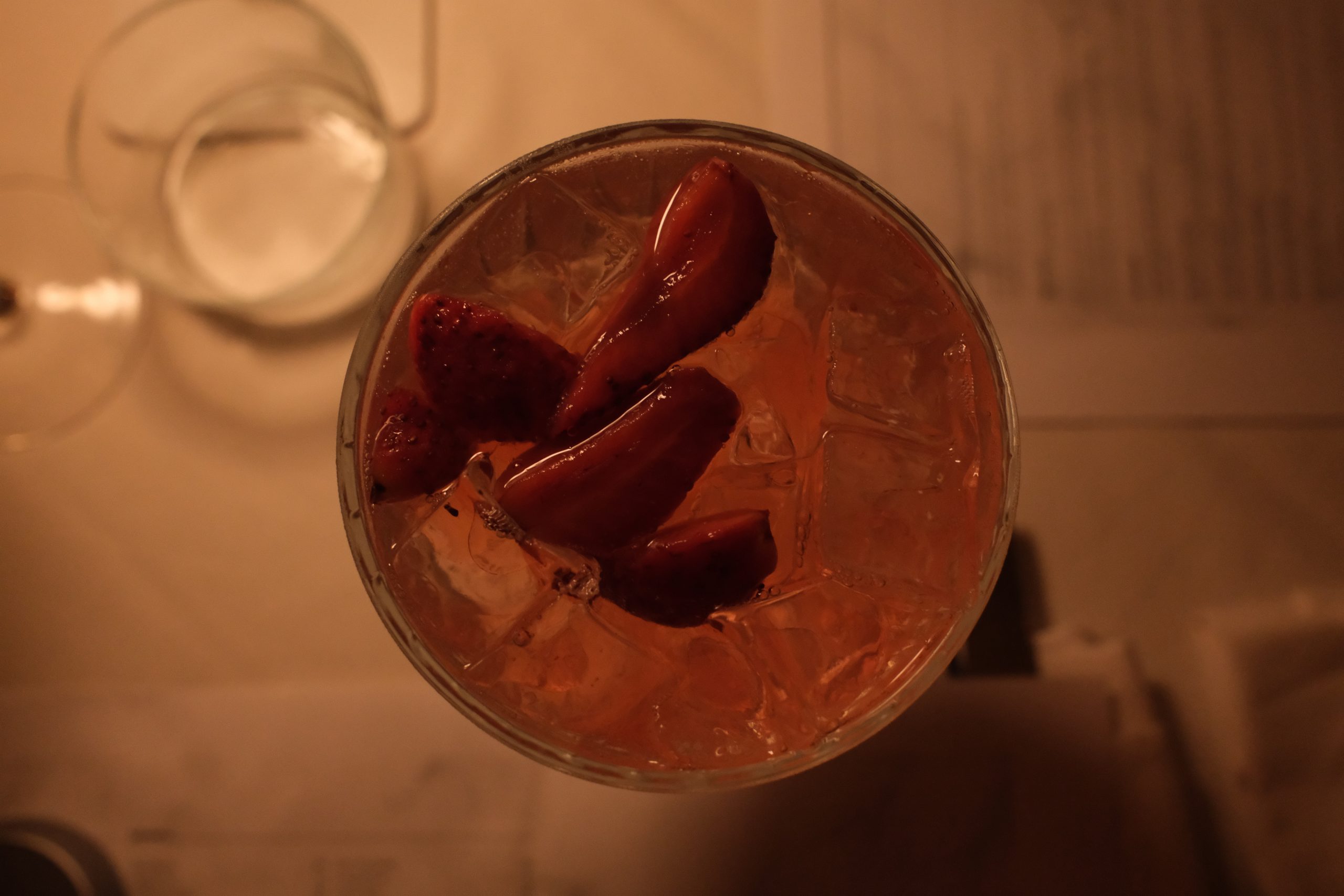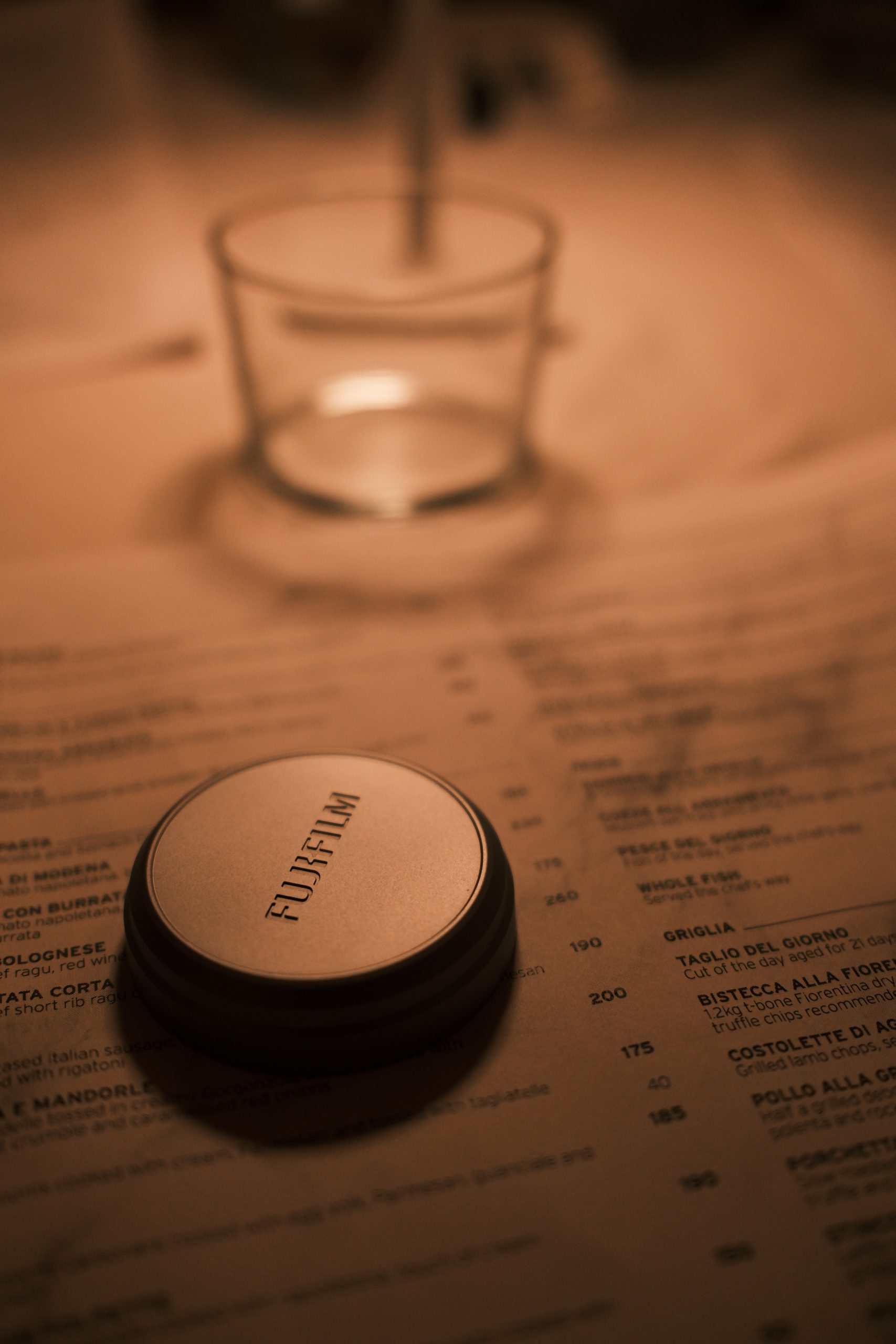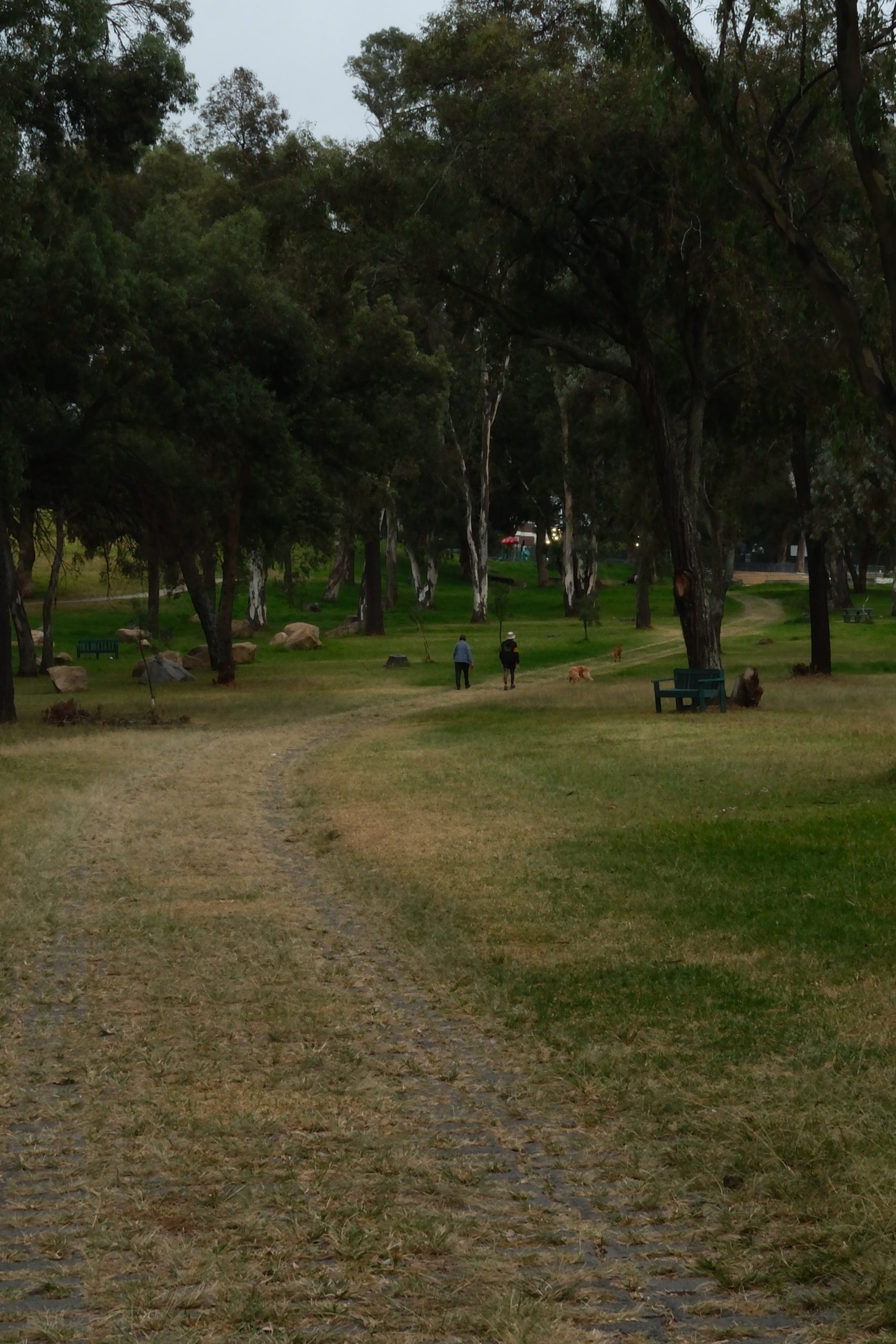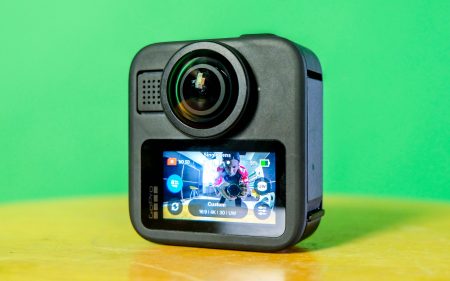The Fujifilm X100VI managed to learn from and build on what made the X100V the 'internet's favourite camera'. The premium point-and-shoot earns it's title with HEIF compression and subject detection and goes even further with up to 6.2K video shooting. Its R30k+ price tag means you've got to really want one but it certainly is worth all the hype.
-
Design
-
Features
-
Performance
-
Battery
-
Value
You must really hate photography if you’ve never heard of the Fujifilm X100V. The camera rose to popularity in 2023 with Instagram and TikTok users praising its portability and support for the HEIF (High Efficiency Image File) format. With all that hype came an increased demand that Fujifilm couldn’t keep up with. That’s why you’ll struggle to find the internet’s favourite camera these days.
In some ways, the Fujifilm X100VI has a lot to live up to. While it has a successful blueprint to build from, it is also at risk of falling short and becoming nothing more than an overpriced disappointment.
Always meet your heroes
Whether looking at or looking through the hybrid viewfinder, the X100VI captures the classic and makes it contemporary. We cannot get enough of Fujifilm’s physical knobs, even more so in the X100 range.
The X100VI has a stylish twist with the ISO dial located inside the shutter speed knob. Moving most of the knobs, dials, and buttons to the right of the body means there’s space for the hybrid viewfinder on the left without ruining the camera’s compact and ergonomic layout – for right-handers at least. A dial in front toggles the viewfinder between optical and electrical. With the customisable functions of buttons and dials it’s like using a camera in the X-T range, besides the fixed lens of course.
The Fujifilm X100VI keeps the 23mm f/2 lens from the X100V. While you sacrifice flexibility by having the lens permanently attached, it makes for a compact package that thankfully comes with a stylish lens cap. One can add wide and telephoto lens converters but those are sold separately. We found ourselves accidentally changing the focal length when we tried to zoom, old habits and all that. Digital zoom exists and is supported here but we avoided using it. Image quality degradation reasons. The built-in neutral density filter also came in handy when natural light was overabundant and messed with our exposure.
The X100VI’s 23mm lens complements its 40.2-megapixel X-Trans CMOS 5 HR sensor but the X-Processor 5 is probably the biggest talking point of this camera’s internals. It is responsible for handling the aforementioned HEIF format and its better compression efficiency. Better than the now 32-year-old JPEG format, anyway.
The newer format produces better results from cameras like this one with its 10-bit colour profile. With a higher bit depth and a wider range of colours, HEIF images have smoother gradients, resulting in less colour banding. The processor also boasts an updated subject detection autofocus algorithm for animals, birds, cars, motorcycles, bicycles, aeroplanes, trains, insects, and drones. You know, moving things.
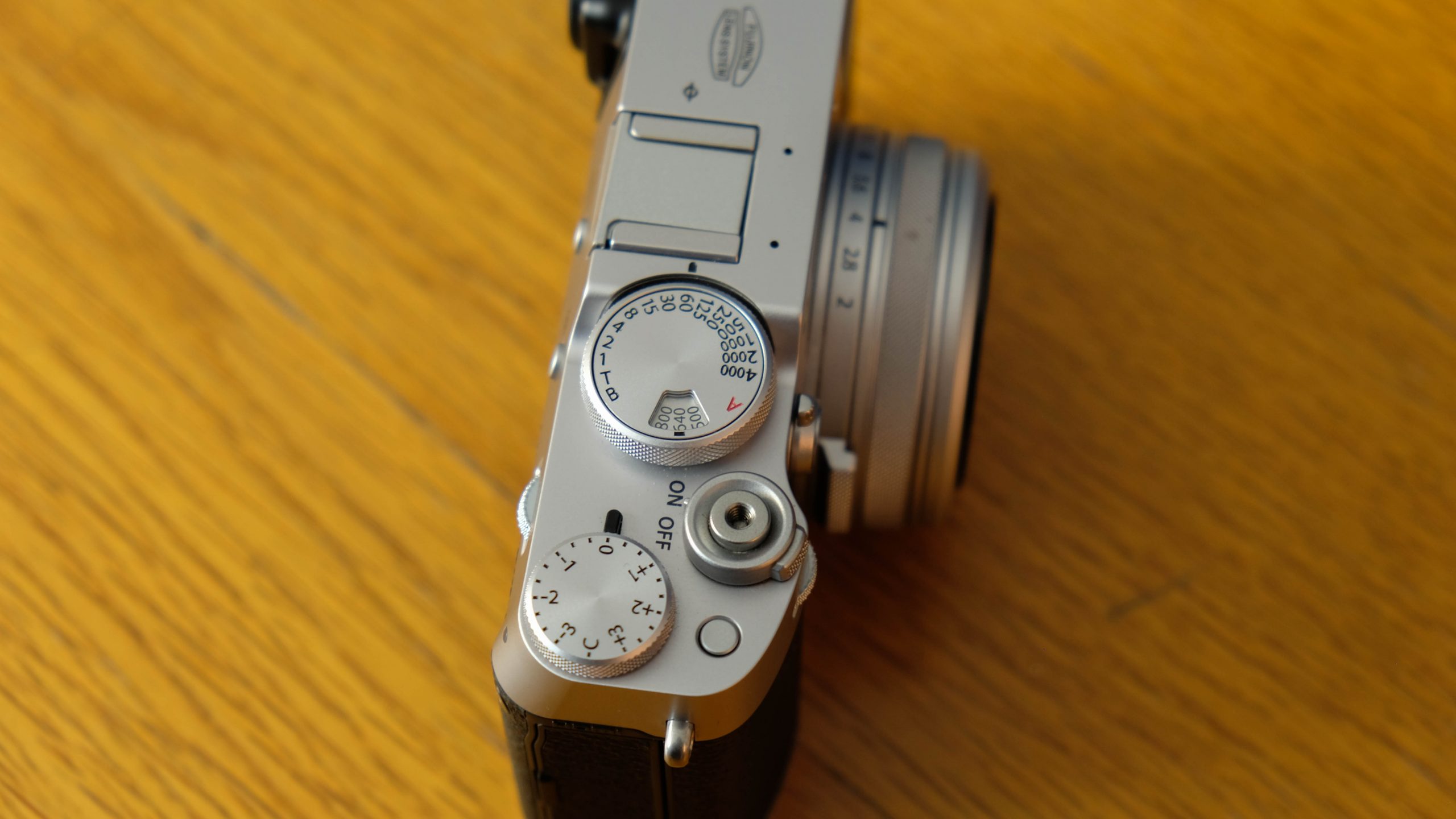
As compact and portable as the Fujifilm X100VI is, it still weighs 521g. A whole 43g heavier than the X100V. However, the new in-body image stabilisation (IBIS) accounts for most of that. Add to that its weather resistance and it’s difficult to see an adventure you wouldn’t want to take the X100VI along.
The smaller NP-W126S battery was chosen over the NP-W235 in the X-T5 to save space. The optical viewfinder you’ll hear a little more about later puts less pressure on the battery giving you up to 450 shots. With the combo of the HEIF format and portability going for it, the Fujifilm X100VI makes a good case as one of the best point-and-shoot cameras in 2024.
Fujifilm’s secret sauce
KFC has 11 secret herbs and spices and Fujifilm has its film simulations. That makes a lot of sense seeing as Fujifilm used to produce its own film (it’s right in the name) along with lenses and camera bodies. The film it produced had colour specialists who spent every waking professional moment creating these simulations. We’ve always been inclined towards more true-to-life, filter-free photography, but we figured we’d give it a spin with the X100VI. After our experience, we can see the appeal and may even be converted into an advocate for filters – especially when they’re this good.
The potential for adding to the mood of your images is endless. We found that Provia was good for a wide range of subjects. It’s a good place to start if you’re taking pictures and don’t have time to be picky. Colours are closest to what you see with your eyes. For more tender moments, Astia gave us shots with a softer tone and contrast while Velvia cranked the contrast up to make colours pop. Once we got the hang of these simulations they gave us less to do in post. On top of that, you’re getting classic film simulations that past colour specialists have worked on.
With the film simulations making post-production less necessary, image compression enters the conversation. The Fujifilm X100VI has the option for shooting in the HEIF format as opposed to the JPEG format which has been the industry standard for years.
While the industry hasn’t yet moved away from the JPEG format entirely due to its far-reaching compatibility, adoption of the HEIF format and all its variants has steadily increased in the last few years. That’s thanks to its modern compression algorithm which takes better advantage of newer higher resolution cameras while offering smaller file sizes than JPEG images of similar quality. The X100VI’s combination of film simulations and HEIF support does a lot to get you from the picture-perfect moment to the final product without little effort on your part.
The photo-taking experience of the X100VI is also enhanced by its hybrid viewfinder. It’s a hybrid between an electronic viewfinder that mirrors the touch screen and an optical viewfinder with overlays that feel like Dragon Ball Z scouters. Located in the corner of the camera, much like an Instax camera, it helps make the camera a little more compact and easier to wield.
The optical viewfinder gives you a little electronic screen at the corner of the frame when using manual focus. It did make us feel like we were missing out on a wide-angle lens since you’re only taking a picture of what’s within the frame seen. It took some getting used to as we’re accustomed to centred viewfinders found in mirrorless and DSLR cameras, like the X-T4. Besides providing a more retro feel, the Fujifilm X100VI’s hybrid viewfinder and the two-way tilting LCD made for a more dynamic shooting experience.
Light camera’s action
While most of the hype about the Fujifilm X100VI is for the pictures it takes, there’s a lot to be said about its video-shooting smarts. You can shoot videos in up to 6.2K resolution (6,240 x 4,160) at 30 frames per second with the X100VI. A minor drawback for some of the shooting modes is the cropping. Shooting video at 50 frames per second introduces a 1:1.1 crop while you’ll get a 1:1.23 crop at 6.2K and 4K HQ resolutions although the quality bump from shooting at higher resolutions makes the crop tolerable enough.
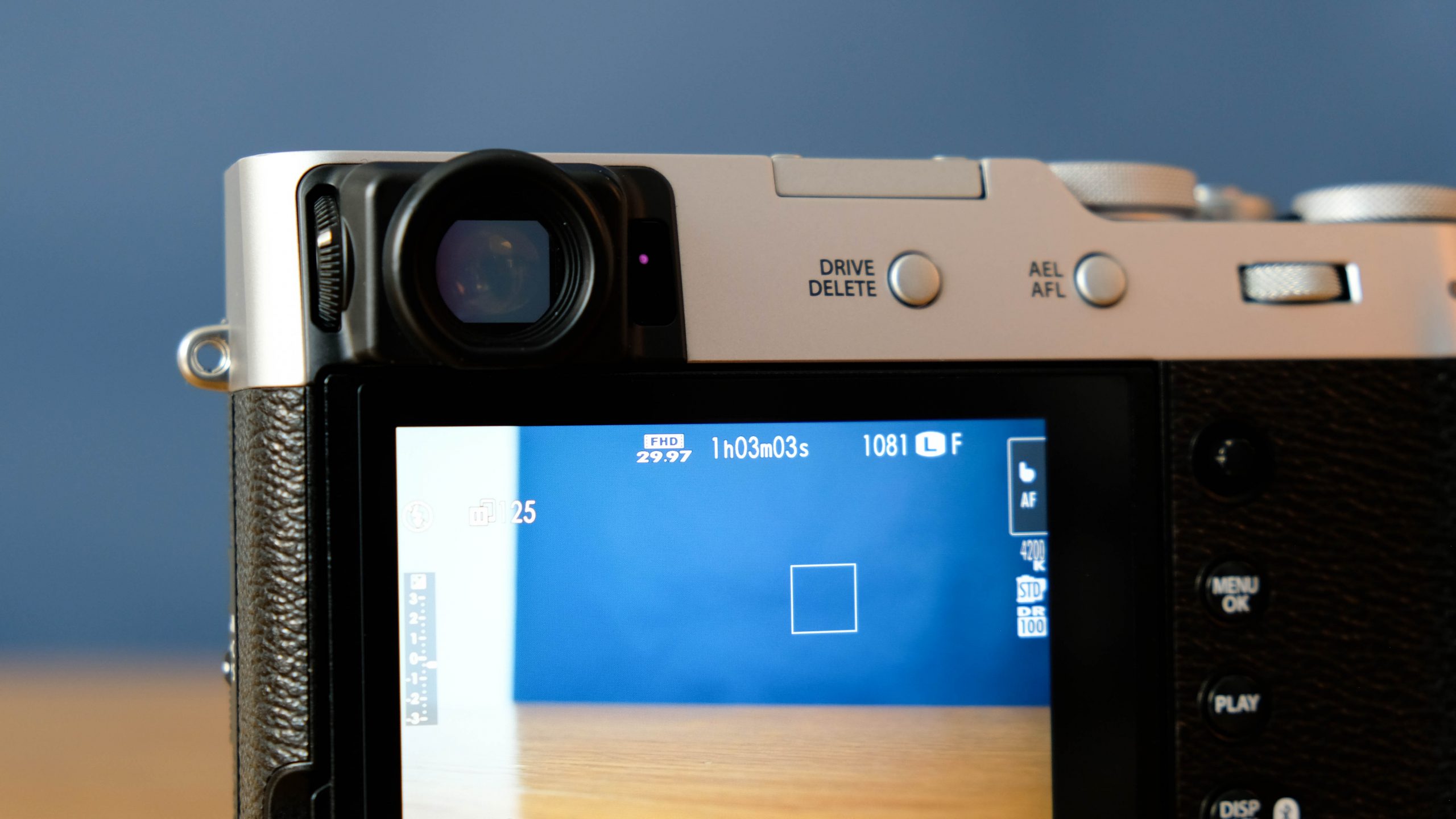
We anticipated that the high-quality video recording would put a strain on the battery but we were pleasantly surprised. We shot just over an hour of footage in 4K at 25fps before the camera battery ran out. This was without any stopping due to the camera overheating which is remarkable for a camera of this size. When shooting 4K HQ it only lasted about 30 minutes before overheating which isn’t bad either.
Its improved video skills are definitely what sets the Fujifilm X100VI apart from the X100V. The aforementioned IBIS makes static handheld videos significantly less shaky and Digital Image Stabilisation further helps your wobbly hand. Moving the camera is above the IBIS’s pay grade so get a gimble (and the wide-angle lens converter) if you’re looking to do moving vlogs.
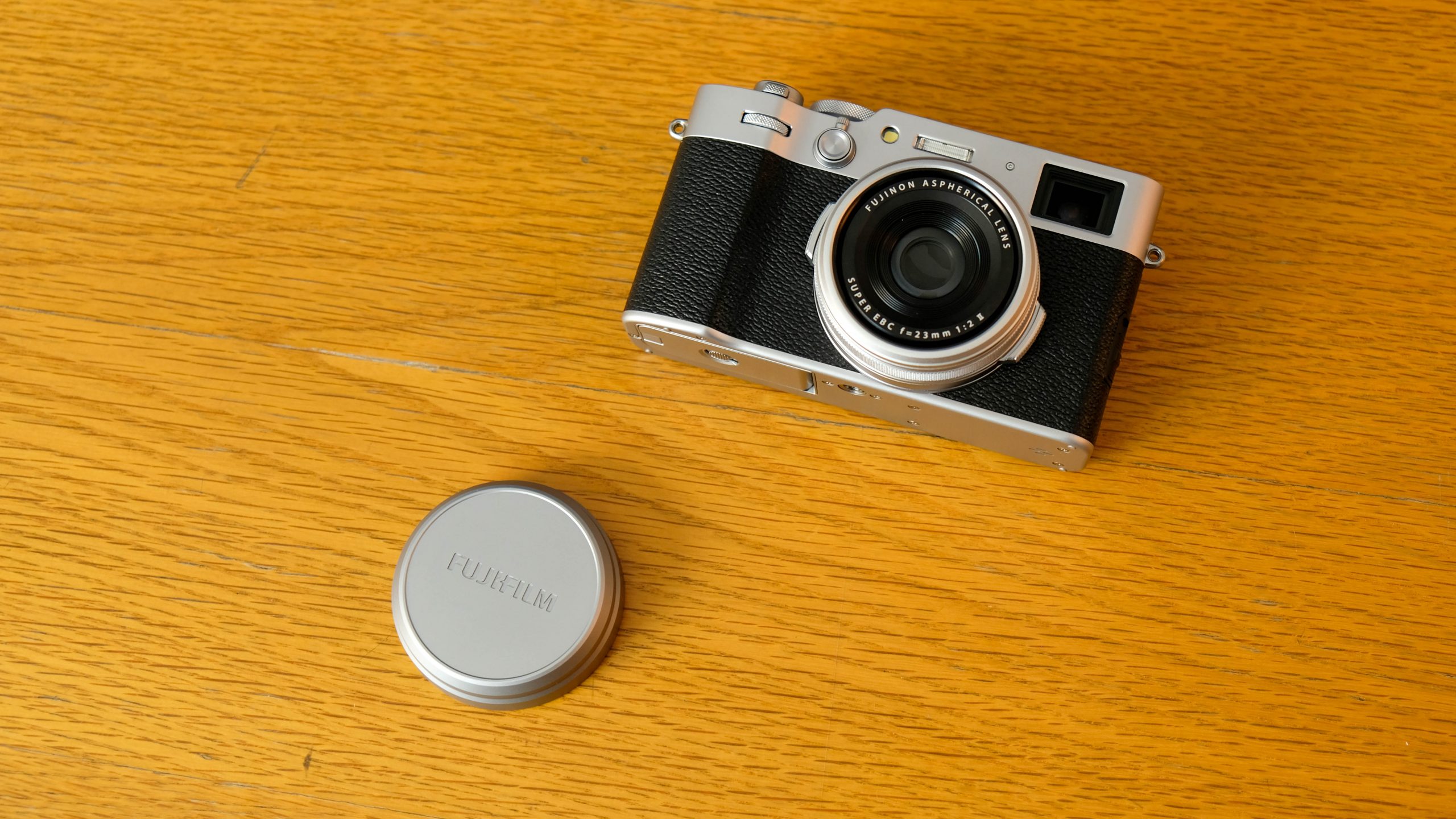
Fujifilm X100VI verdict
Our time with the Fujifilm X100VI is a time we remember fondly. It’s a great companion for capturing special occasions because of its portability. We enjoyed spending a little extra time thinking about the mood we wanted to create with the film simulations. The support for high-quality HEIF images often meant that we had to spend less time editing before they were ready to be shared. As a video camera, the ability to shoot in 6.2K or 4K resolutions together with IBIS is remarkable for a point-and-shoot of this size.
The Fujifilm X100VI has a lot going for it but it’s not for everyone. For some, the flexibility you give up with the 23mm f/2 fixed lens is a bit of a turn-off. We’re sure some people will think the same of the R31,600 price tag but you are getting a lot of quality stuff for your money.

